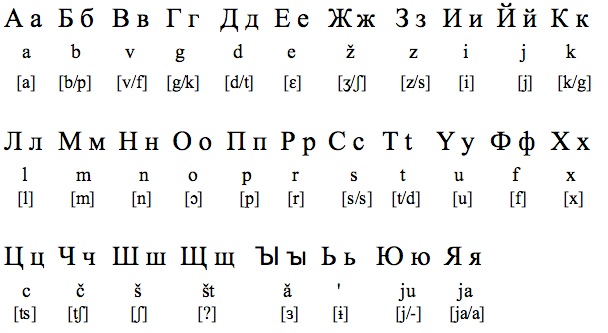

ISO 9:1995 is the first language-independent, univocal system of one character for one character equivalents (by the use of diacritics) that faithfully represents the original and allows for reverse transliteration for Cyrillic text in any contemporary language. It is based on its predecessor ISO/R 9:1968, which it deprecates for Russian, the two are the same except in the treatment of five modern letters. ISO 9:1995 is the current transliteration standard from ISO. It covers Russian and seven other Slavic languages.

ISO/R 9, established in 1954 and updated in 1968, was the adoption of the scientific transliteration by the International Organization for Standardization (ISO). Names on street and road signs in the Soviet Union were romanizedĪccording to GOST 10807-78 (tables 17, 18), which was amended by newer Russian GOST R 52290-2004 (tables Г.4, Г.5), the romanizations in both the standards are practically identical. The standard was substituted in 2013 by GOST R ISO/ IEC 13, which does not contain romanization, but directly refers to the ICAO romanization ( see below). It was used in Russian passports for a short period during 2010–2013 ( see below). Machine readable passports is an adoption of an ICAO standard for travel documents. It is the official standard of both Russia and the Commonwealth of Independent States (CIS). GOST 7.79-2000 System of Standards on Information, Librarianship, and Publishing–Rules for Transliteration of the Cyrillic Characters Using the Latin Alphabet is an adoption of ISO 9:1995.


 0 kommentar(er)
0 kommentar(er)
